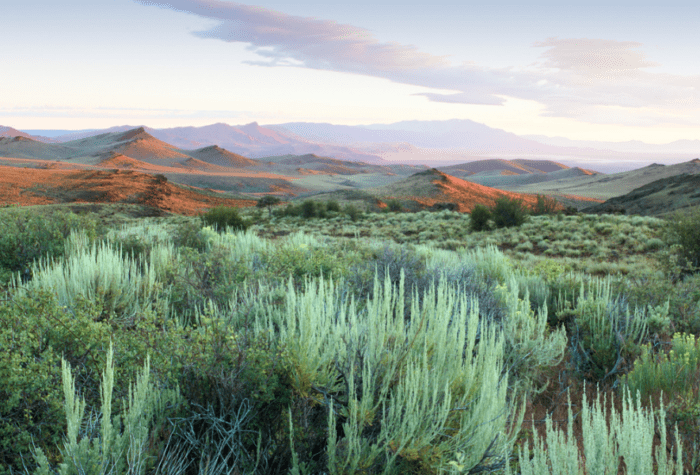Each new year presents new opportunities to pursue our vision for Oregon’s high desert as a place where eight million acres of conserved public lands provide essential habitat for fish and wildlife, and wild places exist for all people to treasure and explore, now and always.
Goals for the New Year
Your support of ONDA allows us to pursue these goals and, as we reach them, to contribute significantly to the national goal of minimizing climate change impact by conserving at least 30% of the land within the U.S. by 2030.
Thank you for your enduring support!
Discover Oregon's Desert
Did you know that nearly half of Oregon is high desert? At Oregon Natural Desert Association, we invite people to get to know this incredible region and get involved in […]
Read MoreOur Vision, Mission and Values
Vision We envision a high desert in Oregon where eight million acres of public lands are conserved to ensure that fish and wildlife thrive and wild places exist for all […]
Read More